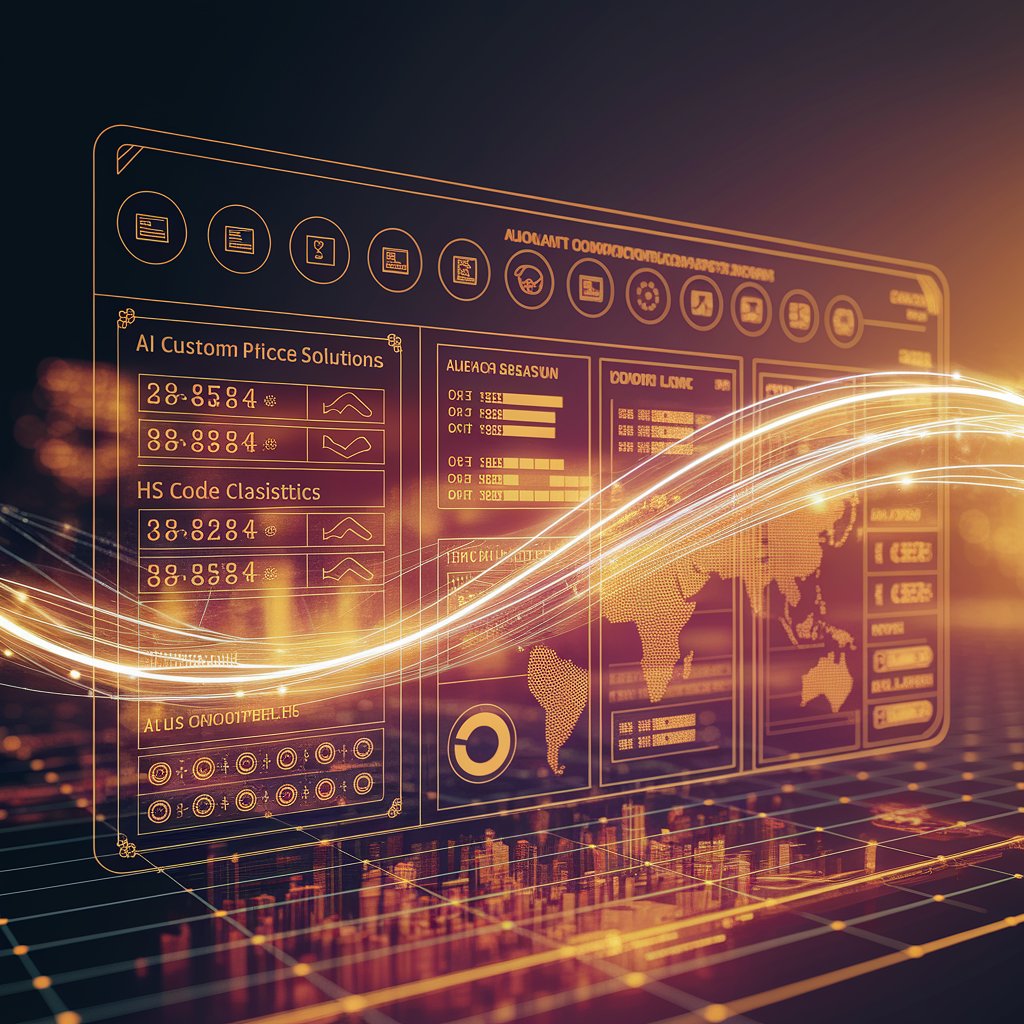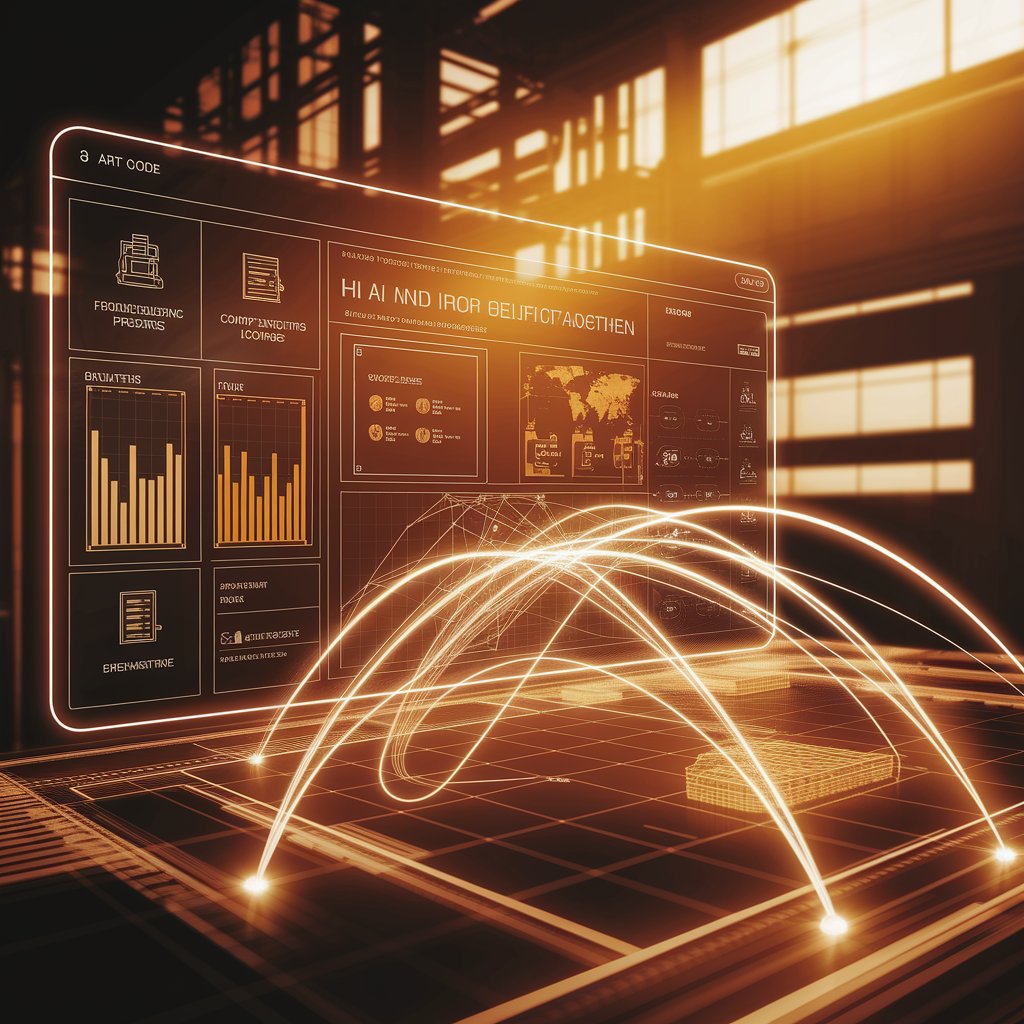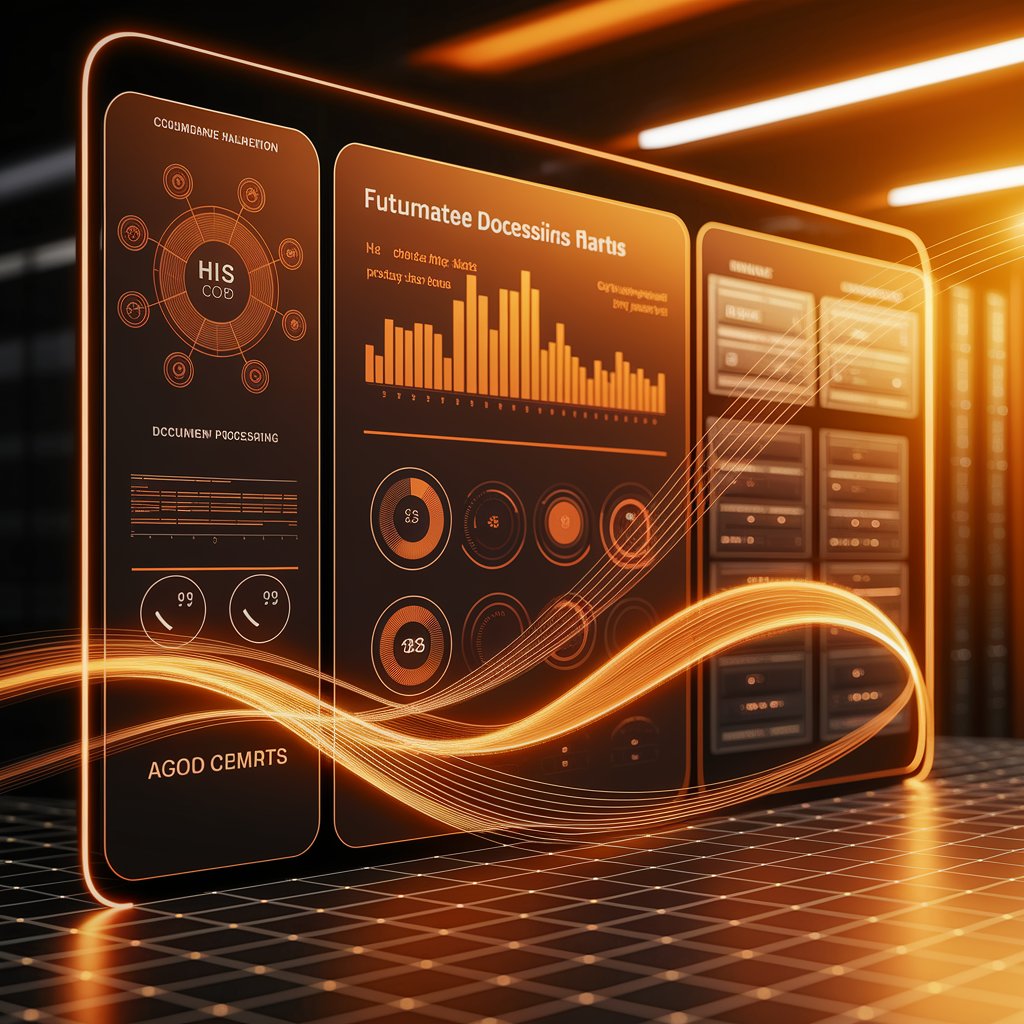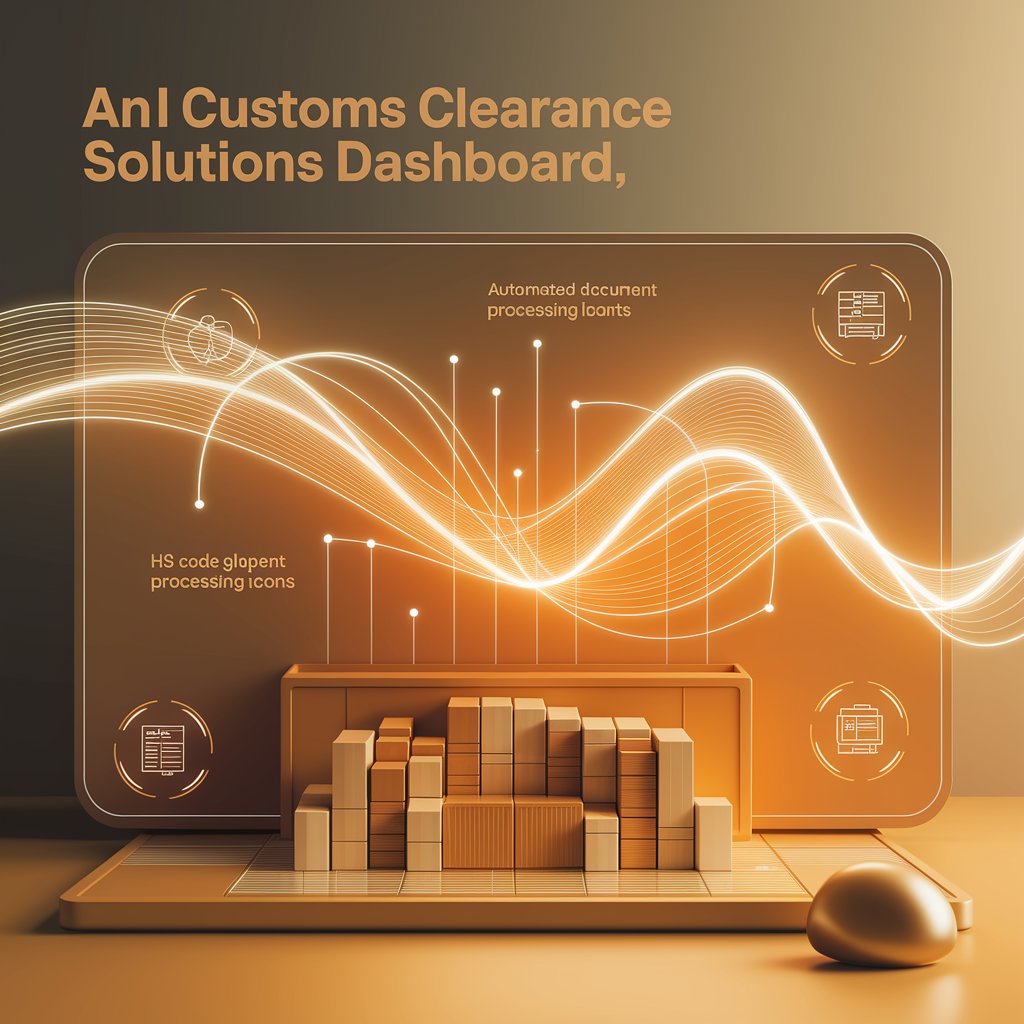AI Customs Clearance Solutions: Speeding Up Global Trade with Smart Automation

Introduction
To overcome these challenges, logistics providers are adopting AI customs clearance solutions. By combining artificial intelligence with automation, machine learning, and predictive analytics, these systems streamline documentation, minimize errors, and ensure compliance—transforming customs from a bottleneck into a competitive advantage.
What Are AI Customs Clearance Solutions?
AI customs clearance solutions are digital platforms that use artificial intelligence to automate and optimize the customs process. Instead of relying on manual entries and paper-heavy workflows, AI systems analyze shipment data, classify goods, generate required documents, and flag potential compliance risks.
They act as intelligent assistants for customs brokers, freight forwarders, and global shippers—reducing clearance times and improving accuracy.

Key Features of AI Customs Clearance Solutions
- Automated HS Code Classification – AI assigns tariff codes with higher accuracy.
- Document Digitization – Scans and processes invoices, bills of lading, and declarations.
- Compliance Validation – Flags missing information or regulatory mismatches.
- Risk Prediction – Anticipates potential inspections based on trade patterns.
- Real-Time Regulatory Updates – AI keeps databases aligned with changing laws.
- Integrated Dashboards – Provide visibility of clearance status across shipments.
Benefits of AI Customs Clearance Solutions 📈
- Speed – Reduce clearance times from days to hours.
- Accuracy – Minimize misclassification and documentation errors.
- Cost Savings – Avoid fines, penalties, and detention charges.
- Risk Reduction – Predict compliance issues before they happen.
- Transparency – Provide shippers with real-time clearance visibility.
- Scalability – Handle high volumes of cross-border shipments without added staff.

Real-World Applications
- Freight Forwarders – Automate documentation for global clients.
- Customs Brokers – Use AI tools to classify goods and validate entries.
- E-commerce Logistics – Speed up cross-border deliveries for international orders.
- Pharma & Cold Chain – Ensure compliance for sensitive medical shipments.
- Manufacturers – Simplify multi-country imports and exports with automated clearance.
Challenges in Implementing AI Customs Clearance
- Integration with Legacy Systems – Old ERP and TMS platforms may resist connectivity.
- Data Sensitivity – Customs data must be secured against breaches.
- High Initial Costs – AI platforms require investment and staff training.
- Global Regulation Complexity – Customs rules vary by country, complicating AI models.
- Adoption Resistance – Brokers and staff may be hesitant to trust AI-driven processes.

Best Practices for Success
- Start with Key Trade Lanes – Implement AI clearance in high-volume routes first.
- Ensure Data Accuracy – Standardize invoices, product descriptions, and HS codes.
- Integrate Across Platforms – Connect AI with ERP, WMS, and government systems.
- Leverage Predictive Analytics – Anticipate inspections and prepare proactively.
- Prioritize Cybersecurity – Protect sensitive customs and trade data.
- Train Teams & Partners – Build confidence in AI-driven customs processes.
The Future of AI Customs Clearance Solutions 🚀
- Self-Learning Customs Engines – AI models that adapt automatically to rule changes.
- Blockchain Integration – Tamper-proof documentation for secure global trade.
- Digital Twins of Trade Lanes – Simulating customs flows to test outcomes.
- Autonomous Clearance Systems – Minimal human intervention in standard shipments.
- Sustainability-Linked Customs – AI monitoring compliance with green trade regulations.
Conclusion
AI customs clearance solutions are revolutionizing international logistics by transforming a traditionally slow, error-prone process into a fast, accurate, and scalable system. By automating classification, validating compliance, and predicting risks, AI enables smoother global trade.
For freight forwarders, customs brokers, and global shippers, adopting AI customs clearance solutions isn’t just about compliance—it’s about gaining a competitive edge in cross-border logistics.
